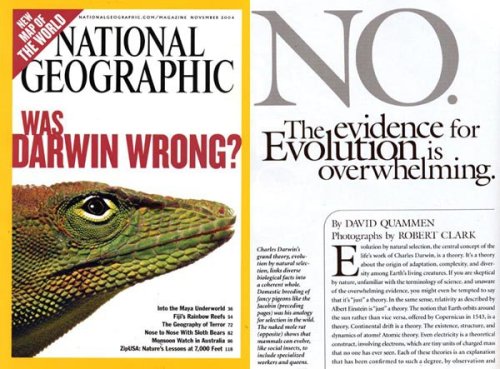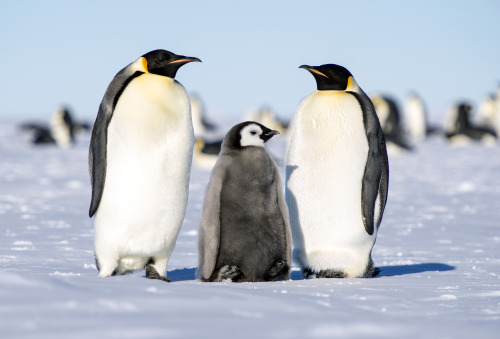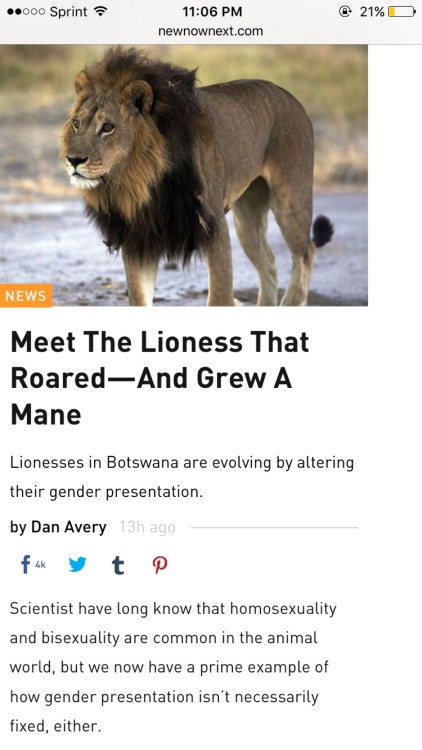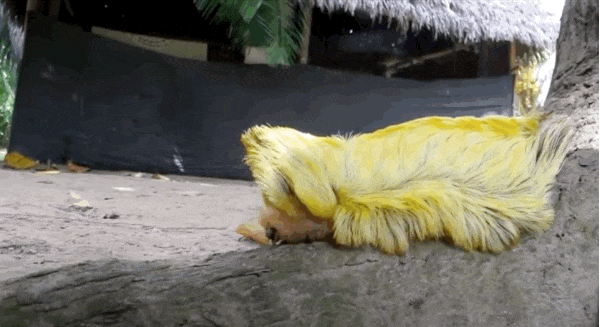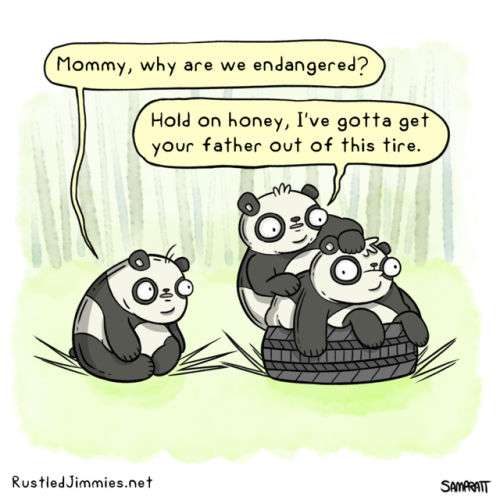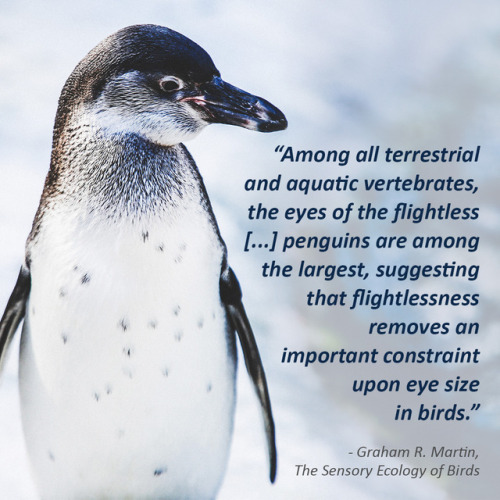#evolution
Scotttrembls raised an interesting point: “Do you know if there’s any evolutionary relationships between SVO, SOV and VSO languages? The evolutionary explanation never seems to come up- has this already been disporved or do we not understand enough about language evolution?”
There’s no evolutionary relationship in the sense that all SVO languages are genetically related and separate from all SOV languages etc. SOV, SVO and VSO languages are distributed throughout the world and are found in many different language families. But we know that languages can change types over a period of time so, in this sense, there are evolutionary paths from one type to another. For example, Old English and Latin are considered to be canonically SOV languages but their descendants (English and the modern Romance languages) are SVO languages. You might wonder when an SOV language stops being an SOV languages and becomes an SVO language. You have to bear in mind that these types refer to canonical structures, languages may use other structures at the same time but their use will be more restricted (although there are languages which many would characterise as being ‘free word order’ in which case they would not fall into any of these categories). For example, English is canonically SVO, but English uses other word orders for questions, focus structures etc. So the relative frequencies of particular structures within a language may change over time resulting in what appears to be a single type-switch.
Work on implicational universals (universals of the form which says if a language has structure X then it will have structure Y) initiated by Joseph Greenberg and taken further by John Hawkins makes some interesting predictions for language change. Greenberg’s formulations were for the most part tendencies, i.e. if X then Y significantly more often than not, but Hawkins aimed to identify exceptionless universals which often involved adding extra conditions, i.e. if X then, if Y then Z. This places more constraints on the forms languages can take but it also makes strong predictions about evolutionary paths of language change. The reasoning is roughly: if these formulations hold for the present situation and if there is no reason to assume things were any different in the past then languages can only move through allowed ‘states’ as determined by the strong implicational universals.
We understand enough about the evolution of some language families to be able to test these predictions and the predictions have been largely correct so far. However, many would not take this evolutionary picture to be an ‘explanation’, rather it is seen as a ‘description’ of the facts which allows us to characterise possible evolutionary paths of change and distinguish them from impossible ones. Given that each stage of a language is a present-day language in its time, it is still ultimately up to the explanations offered by formal and functional approaches to account for the form a language takes at any particular point in its evolutionary history.
Hauser, Chomsky and Fitch (HCF) wrote a paper in 2002 entitled The faculty of language: what is it, who has it, and how did it evolve? It explicitly introduced an important distinction between the Faculty of Language in the Broad Sense (FLB) and the Faculty of Language in the Narrow Sense (FLN).
FLB is made up of all the components used in language, e.g. ability for vocal learning, ability to conceptualise, a sensori-motor system, a computational system (syntax) capable of recursion etc. FLN is a subset of FLB, i.e. everything in FLN is also in FLB but not vice versa. More specifically, FLN contains only those components of FLB which are uniquely human. HCF hypothesise that FLN only contains recursion and that all other aspects of language (i.e. what constitutes the rest of FLB) can be found in non-human species.
You might not agree with HCF in terms of what to assign to FLN, but the general distinction is both useful and perhaps necessary for tackling the issue of language evolution. The first question of HCF’s title (what is it?) involves filling in the FLB category – and obviously we need to know what it is we are trying to explain the evolution of! The second question (who has it?) involves deciding whether something belongs to FLN as well. If we put something in the FLN box, we are saying it is uniquely human. This can be tested (in principle – how easy it is to test is another matter!) and this is one place where interdisciplinary research between biology and linguistics can be very fruitful and informative. Basically, from an evolution of language perspective, we want to know what exactly (if anything) makes human language special. This then leads to the third question – we can ask how the uniquely human part of language evolved, i.e. we can ask how did FLN evolve rather than the much larger question of how did FLB evolve.
Of course, having done all that, FLN might turn out to be empty! Perhaps human language is not qualitatively different, only quantitatively different. But let’s wait to see what we find!
In an attempt to bring up early human’s discovery of cookingwith fire in a discussion about evolution, I fumbled my words and accidentally implied that I believed that humanity gained some evolutionary advantages from eatingfire.
Can you imagine, though.
How peckish penguins find their food
Animals have used the same technique to search for food that’s in short supply for at least 50 million years, a BBSRC-funded study suggests.
Creatures including penguins search for food using a mathematical pattern of movement called a Lévy walk. It might sound complex, but it is a random search strategy made up of small steps and a few larger steps. Although a Lévy walk is random, it’s the most efficient way to find food when it’s scarce.
Finding food in a timely fashion could be a matter of life or death. Choose the wrong direction and it could be curtains. But moving in a random search pattern is mathematically the best way to find isolated food.
Image credit: Christopher Michel
Stay tuned for more (biological) festivities…
Post link
How the world’s first plants took a giant leap on to land
About 450M years ago, plants in the sea took a giant leap on to land to become the plants we know and love today. But how did they survive?
Scientists for The John Innes Centre may have found the answer.
Land plants survive by getting water and nutrients from soil.
They do this by forming a special friendship with soil dwelling fungi called mycorrhiza. These strands of fungi reach deep into the spoil and drag the nutrients and water back to the plants.
But when the first algae landed on soil, how did they survive long enough to form these beneficial friendships?
New research suggests that they already had the genes necessary for forming this bond whilst they lived in the sea.
Researchers analyzed DNA and RNA of some of the earliest known land plants and green algae and found evidence that their shared algal ancestors living in the Earth’s waters already possessed the necessary set of genes needed to detect and interact with the beneficial fungi.
The team of scientists believes this capability was pivotal in enabling the alga to survive out of the water and to colonise the earth. By working with the fungi to find sustenance, the alga had an evolutionary advantage and could thrive in a very different and seemingly infertile environment.
This was a watershed moment that kick-started the evolution of life on earth.
“Good lord, evolution, what is that?”
“It’s a flannel moth caterpillar I just finished. Funny little guy, huh?”
“It’s sort of… terrifying.”
“What? Nah. Look, it’s mostly hair. Pretty irritating, maybe, but there’s not much room for brains under there. It can’t actually do anything.”
“Okay, if you say so. But then where are you going to put it? Like, what is its ecological niche going to be?”
“Oh, I don’t know. Do I have to think of everything? I mean, I guess it could run for president of the United States.”
Source:Olly Boon / YouTube
Post link
Watch this caterpillar fling its beetle attacker through the air
Soft, squishy caterpillars might seem like easy prey to a hungry predator, but one species doesn’t give up without a fight. Fully developed caterpillars of the hornworm moth (Langia zenzeroides) use a mix of squeaks, strikes, and vomit to defend themselves from predators, researchers report this month in the Biological Journal of the Linnean Society.
Listen to this killer whale say ‘hello’ and ‘bye-bye’
When it comes to echoing human speech, parrots are the superstars of the animal world—but a killer whale named Wikie may not be far behind. The 14-year-old orca showed off her vocal skills by imitating her trainer’s words, saying things like “Amy” and “bye-bye.” Researchers got her to do this by first training her to obey a hand signal that meant “copy this,” which, for instance, was used to instruct her to copy another orca squirting water into the air. Then, they presented her with sounds she had never heard before—five sounds from other orcas and six phrases spoken by trainers—and asked her to repeat them. In all trials, Wikie responded to the command by uttering something that roughly matched the sound that she was asked to copy, the team reports today in the Proceedings of the Royal Society B. Sometimes it took as many as 17 tries to get it right, but she got four of them on her first try, including the human phrases “hello” and “one, two, three.” Orcas form tight-knit groups in the wild, each with their own dialect, so scientists think that their ability to learn new sounds may be key to how they communicate and interact with one other.
Evolution Series: An Army of Rhinos
Living rhinos are generally associated with big horns, thick hairless skin and tropical habitats. But their ancestors didn’t always fit that description, with some living far up north and sporting luscious coats.
*The animals represented here are not to scale and don’t represent a direct line of descent, but rather plausible models for how this amazing transition happened.*
You may have seen my penguin evolution infographic. That one was done for funsies, but it was modeled after a series that I made originally for my Patreonthat I’ll be uploading on here! If you’re interested in stuff like this though, consider supporting me there; there’s a lot of other cool exclusive stuff to see.
Post link
In addition to ostriches, rheas, cassowaries, and emus, penguins have relatively large eyes – a trait that may be due in part to their inability to fly.
Today, on Penguin Awareness Day, we’re interested in the little-known facts about these charismatic birds. What are some penguin facts you think we should all be aware of?
Background image: Penguin in the Arctic by Nick Karvounis. CC0 public domain via Unsplash.
Post link
Evolution of the F1 racecar since 1950.
Like this? Check out the inside of a 4-stroke engine.
Post link
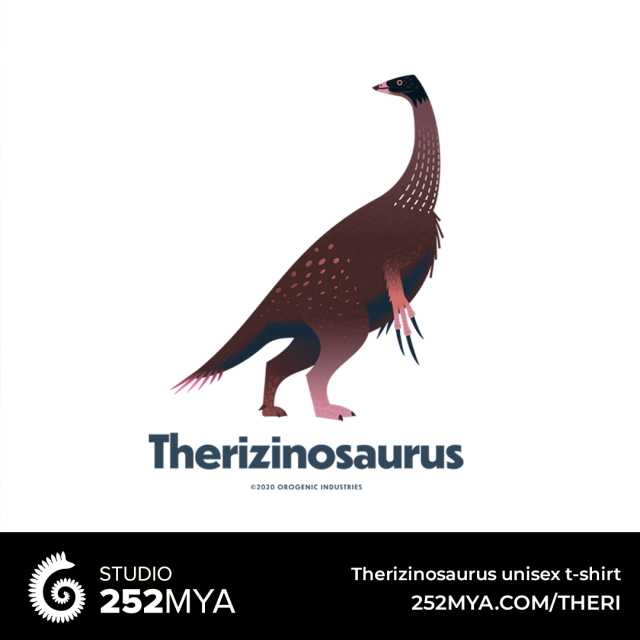
Therizinosaurus t-shirt
Therizinosaurus lived in the Late Cretaceous of Mongolia some 70 million years ago. It is also one of the latest dinosaurs to be turned into a movie monster by the Jurassic World franchise. Available as a t-shirt in multiple sizes and colors.
sulc.us/theri
Design by David Orr
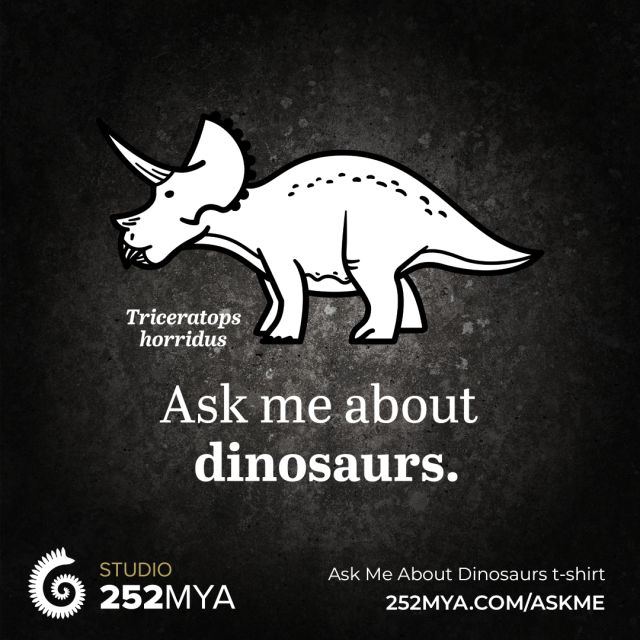


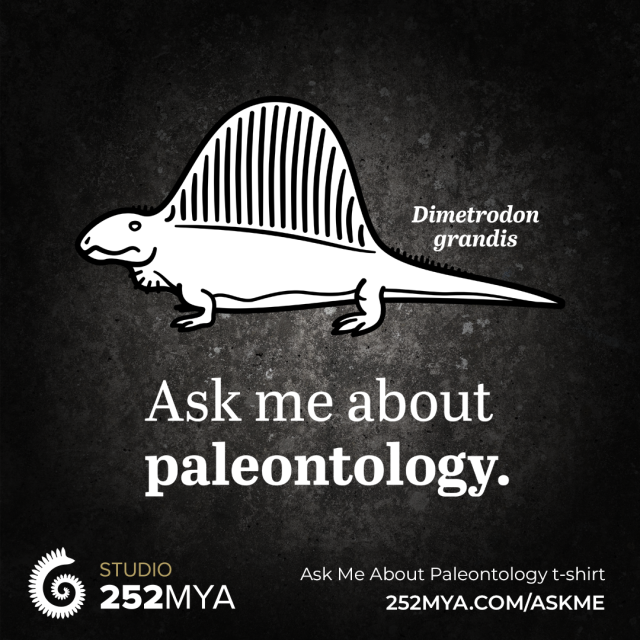

Ask me About t-shirts
Do you ever wish you could get the chance to talk about paleontology more often? Of course, you do! Well, problem solved with any of these fun t-shirts. Get conversations started with strangers over topics like pterosaurs, dinosaurs (even feathered dinosaurs!) and evolution.
Designs by David Orr

Prehistoric Amphibians poster
These prehistoric amphibians, ranging from the tiny Microbrachis to the 30 ft long behemoth Prionosuchus, roamed the earth’s swamps and wetlands millions of years ago. They are now gathered together for a primordial swamp party in this charming full-color poster.
Design by Caroline Fleet

